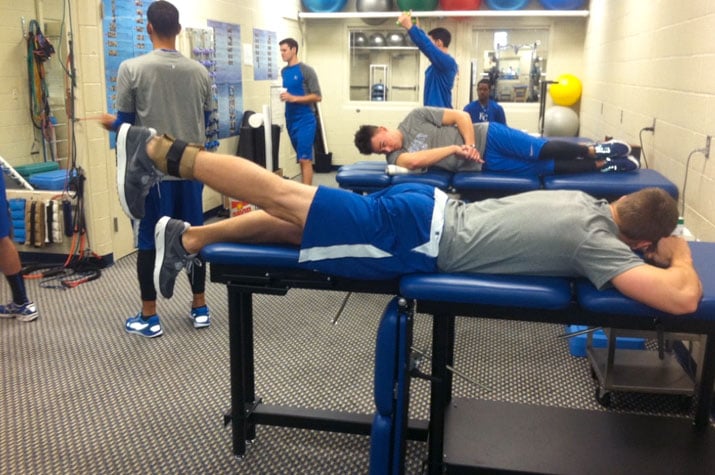Prehabilitation- A forward-thinking approach to injury prevention
This blog was written by Jodi Helmer for blog.myfitnesspal.com and originally appeared here.
Runners who tear their anterior cruciate ligament, golfers with tendonitis, football players with sprains and other athletes with injuries often end up in rehabilitation. The trouble with rehab is that even if it helps you recover from injuries, the damage is already done.
Prehabilitation, on the other hand, focuses on decreasing the risk of injury. It’s based on the idea that improving strength, flexibility and motor control in the areas most vulnerable to injuries can keep you from getting hurt, minimize time on the sidelines and prevent the pain of recovery. Studies show this proactive approach works.
New research published in the journal Sports Medicine found prehabilitation had the potential to reduce injuries in sports involving tackling and collision, and a study published in the American Journal of Sports Medicine found that participating in a prehab program that included stretching, strengthening and agility drills reduced ACL injuries among female soccer players by 88%.
We turned to the experts to get answers to common questions about prehab and who needs it most.
HOW DOES PREHAB WORK?
|
|
Prerehab focuses on the biomechanical issues that predispose athletes to injuries, notes Kevin McGuinness, DPT, a physical therapist with Washington Orthopaedics and Sports Medicine in Washington, D.C.A physical therapist, athletic trainer or strength coach will evaluate your biomechanics, looking for weaknesses that make you vulnerable to injuries and suggest a program to correct the issues. ACL tears, for example, are most common when the quadriceps muscles are stronger than the hamstrings and glutes. Exercises to build the weak muscles and balance strength between the front and back of the legs can protect the ACL.
“There is no one-size-fits all prehab program,” McGuinness says. “The recommendations are based on your body and your sport.”
WHO BENEFITS FROM PREHAB?
Serious athletes and occasional exercisers alike can benefit from prehab, according to Robert Gillanders, DPT, a physical therapist with Point Performance Therapy in Bethesda, Maryland, and spokesperson for the American Physical Therapy Association.
“There are athletes who aren’t cross-training and sports with high incidences of injuries and weekend warriors who do nothing to prepare [for their workouts] except lace up their shoes,” he explains. “Both are vulnerable to injuries and can benefit from prehab.”
Prehab is especially important if you’ve had past injuries because it can help reduce the likelihood of recurrence, according to Gillanders.
 via shutterstock.com |
CAN I DO PREHAB IF I HAVE CURRENT INJURIES?
It depends, according to McGuinness.
While some injuries necessitate focusing on rehabilitation and recovery, prehab is also suggested as a pre-surgical intervention for athletes who must undergo operations for existing injuries.
Researchers found that working with a physical therapist and following a prescribed set of exercises in the six weeks before ACL surgery helped speed recovery, allowing participants to return to exercise an average of eight weeks sooner than those who did not do prehab, according to a study published in the American Journal of Sports Medicine.
“It might not be a standard of care but it never hurts to ask,” McGuinness notes. “Prehab can make you a stronger, more flexible, more balanced athlete.”
HOW CAN I GET STARTED?
Gillanders suggests working with a physical therapist to develop a prehab training plan. The sessions might include evaluations of your strength, balance and conditioning; discussions of your current activities and vulnerabilities; and previous injuries. A program might include strength training, stretching and foam rolling.
“A physical therapist can give you a road map of what to focus on,” he says. “You don’t need to add another hour to a workout but doing a 15-minute routine two or three times a week as part of your warmup or cooldown can help prevent injuries.”
Consistency is also important.
“Prehab is not one-and-done,” McGuinness says. “Your body is always going to require maintenance work to perform at a high level [so] prehab should be seen as a long-term modification to your training program.”





.webp)


